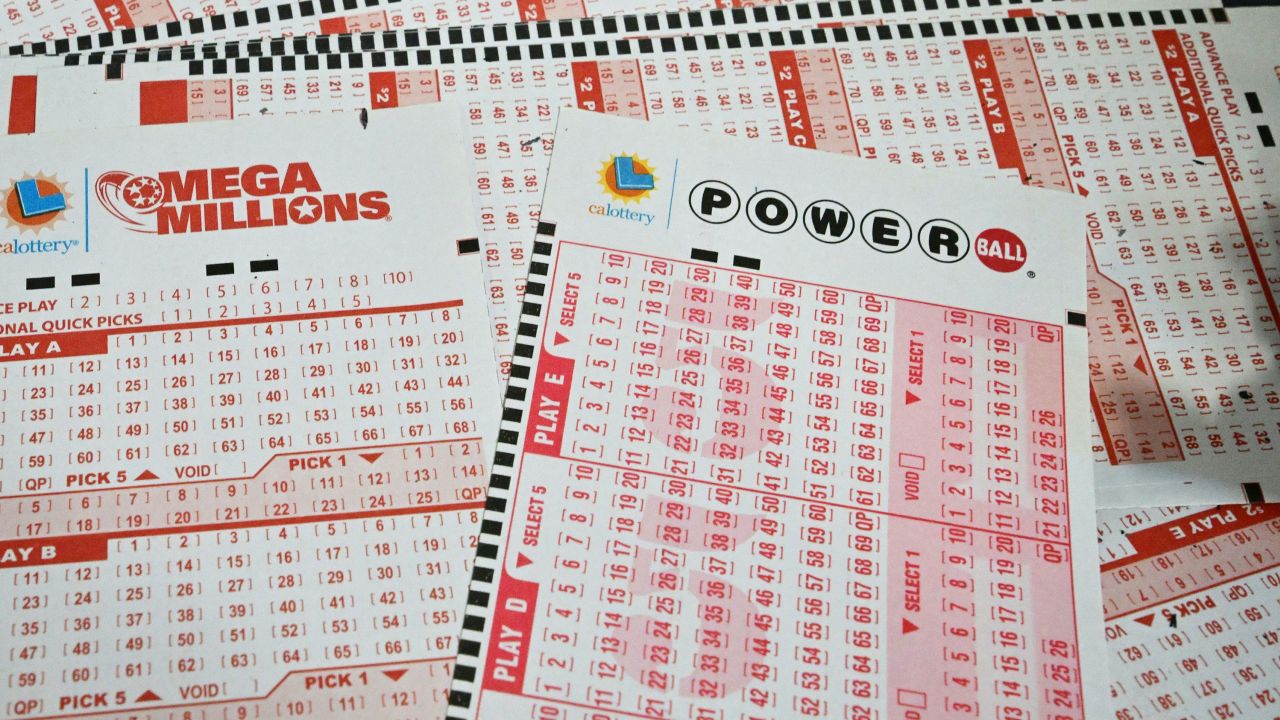
Lotteries are a form of gambling in which players select numbers or symbols to win a prize. The prizes range from small cash amounts to large jackpots. In the United States, state governments operate lotteries to generate revenue for public services such as education and roads. These operations are subject to scrutiny, but they are remarkably popular and effective.
When the lottery was first introduced, it was hailed as a way for state governments to expand their array of services without the onerous taxes that would normally burden middle and lower classes. The immediate post-World War II period was a time of high inflation and great financial stress, and lotteries became increasingly popular as a painless alternative to increased taxes and budget cuts.
Although casting lots for determining fates has a long history (including several instances in the Bible), the use of lotteries to award material goods is much more recent, dating back only to the 15th century. The first recorded lotteries were held to raise money for town fortifications and to help the poor.
The earliest lotteries were organized by individual towns, but as they became more common, they began to be run at the national level in order to reduce administrative costs and to make larger prize amounts more appealing. Today, the vast majority of lotteries are operated by governments. These lotteries typically involve multiple state participants and use a complex computer system to determine the winning combinations. A portion of the proceeds from each ticket is usually deducted for administrative costs, and a percentage of the total pool goes as prizes.
Most state lotteries are designed to encourage repeated participation and maximize the amount of money that is paid out in prizes. They also aim to discourage compulsive gambling by offering a wide variety of games and by establishing treatment programs for problem gamblers. In addition, many states offer a free play option to lure potential bettors.
Aside from these factors, most state lotteries have a very similar structure. They begin with a monopoly established by state law; establish a public corporation to manage the lottery; and start operations with a relatively modest number of simple games. Over time, they progressively increase in size and complexity in response to the demand for additional revenues.
While a large portion of the public supports the existence of lotteries, many people are still skeptical. The argument that lotteries can be used to improve social welfare is often dismissed as naive. In reality, however, the social cost of gambling is considerably higher than that of other forms of spending.
Despite this, most lottery operators try to promote the idea that playing the lottery is a fun and harmless way to pass the time. While this is true for some people, the truth is that it can become a dangerous addiction. Moreover, it’s important to understand that the odds of winning are very low. There are ways to improve your chances of winning, including using math and studying previous draws. In addition to purchasing a larger quantity of tickets, you can also look at the expected value of each ticket and compare it with other games.